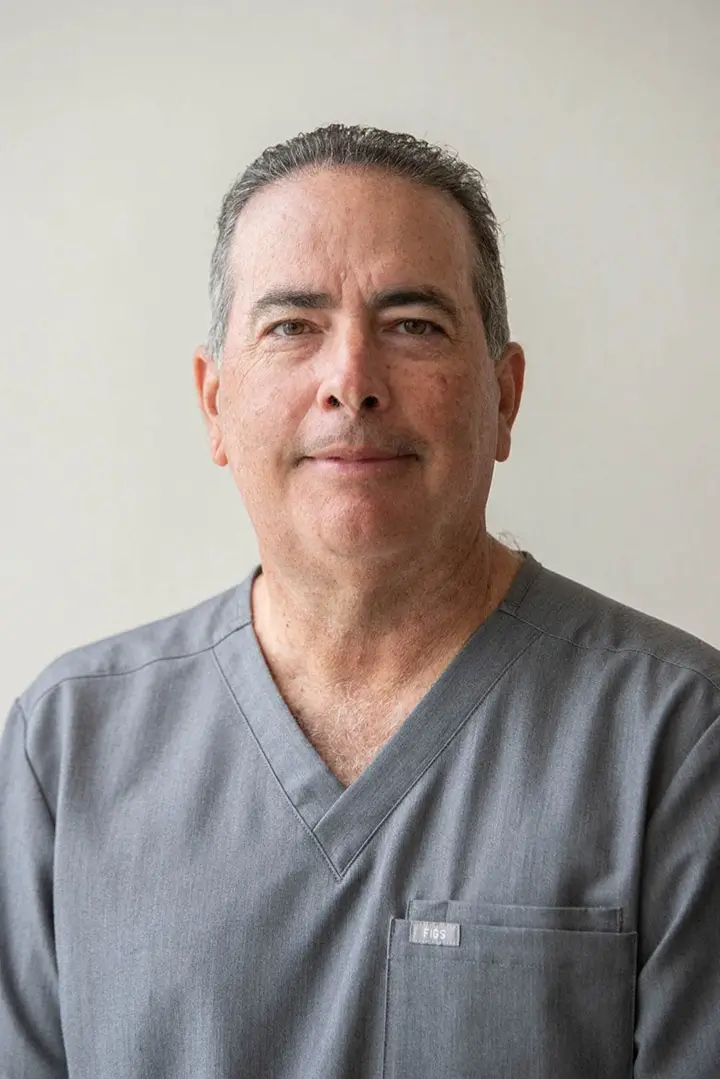Research suggests future use of cells in kidney, heart disease
BY BRENT WITTMEIER, EDMONTON JOURNAL DECEMBER 2, 2011
University of Alberta pediatric asthma researcher says that the medical benefits of stem cells may lie in their by-product “healing juices”.
Dr. Bernard Thébaud believes the by-products of mesenchymal stem cells – found in umbilical cord tissue and with known anti-inflammatory characteristics – could possibly heal lungs inflamed by chronic and acute asthma.
The findings, published in the American Journal of Respiratory Cell and Molecular Biology, look at the effects of what Thébaud called “healing juices” on refractory asthma, a form of the disease that is particularly difficult to treat with inhalers.
Thébaud, a neonatal pediatrician and professor of pediatrics at the University of Alberta Faculty of Medicine and Dentistry, said the cells and their juices are easily isolated and cultivated in the lab.
“We cultured the cells in the petri dish, and instead of taking the cells, we just took what the cells produced, the juice they were basically swimming in,” Thébaud said. “We compared that to control cells cultured the same way, but didn’t have that same effect.”
Thébaud’s team created asthma in lab mice, then injected the juices through their noses. The by-products opened airways, restored breathing and reduced inflammation in their lungs.
Thébaud began researching pediatric lung disease in 2002, adding the “exciting” discipline of stem-cell research two years later. The new study builds on some of Thébaud’s previous research into how stem cells work.
“Initially we thought you have to give the cells (to the patient) because they replace dead cells,” he said. “That’s not actually the case.”
Thébaud initially used the mesenchymal stem cells in a study of newborn lung injury, discovering “tremendous benefits” for the health of the lungs. But when his research team tried to see where those stem cells were, they couldn’t find them.
“Maybe they don’t replace dead cells. Maybe they sit there and produce juices, then vanish,” he said.
Although the research is still at an early stage, Thébaud said his hope is for a “super-inhaler” five to 10 years from now that would heal inflammation, boost healthy cells and aid in breathing. He hopes to live the researcher’s dream and drive the discovery from his lab into the clinic.
His goal “would be to have a puffer with stem cell by-products that would prevent those symptoms of asthma,” he said.
Thébaud is convinced it could work. But exactly which compounds or factors are doing the “healing” is hardly academic, and will likely form the next stage in the research.
“It is the question,” said Thébaud. “First, we have to know should we not give the cells, or can we just deliver the juices. Do we have to know what’s in there?”
That question could also delay clinical research by an additional five years, the time he estimates it would take to synthesize the factor pharmaceutically. He will be discussing the study with Health Canada to determine barriers to clinical research using just undifferentiated by-products.
Thébaud also believes the approach demonstrates “many therapeutic avenues” beyond asthma, which affects an estimated 300 million people worldwide. The potential of stem-cell research isn’t yet known.
“It’s up to us now to harness the healing powers of these cells,” he said.
“We know it works in a variety of lung diseases. By extension, we know it will work in kidney, or heart or brain disease as well.”

